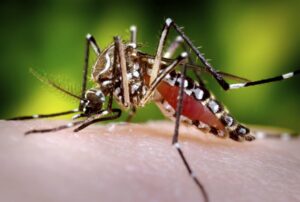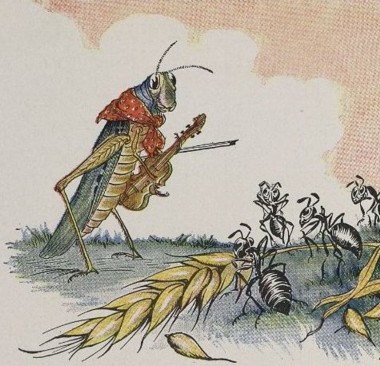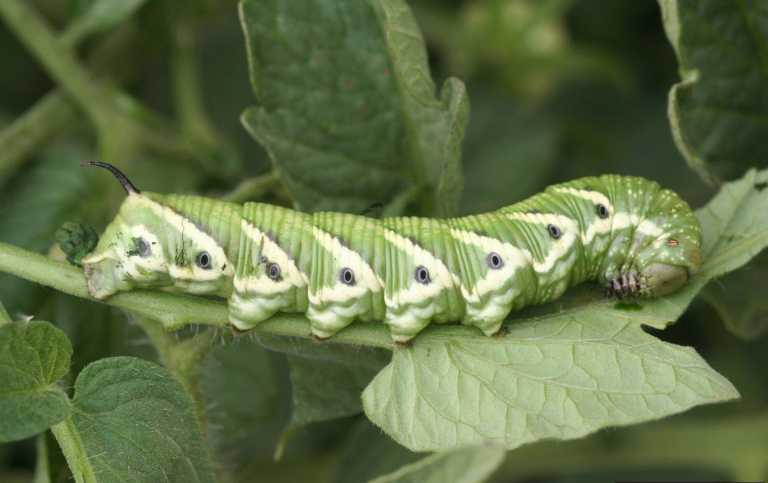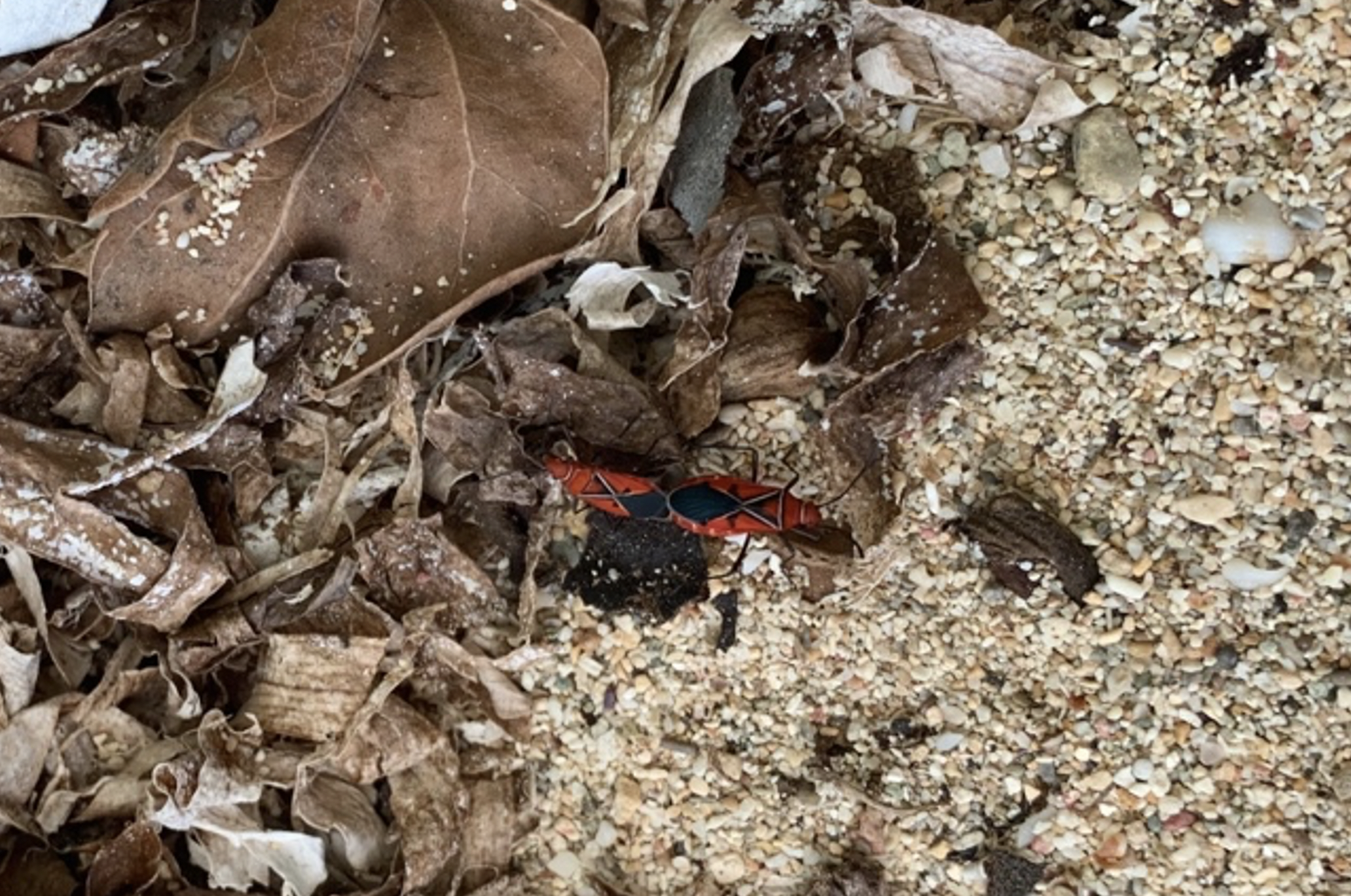Most often, the media covers success stories of people who have achieved either economic gain, academic achievement, or entrepreneurial triumph. However, there is one organism whose success story supersedes every individual person that has ever been featured in Forbes magazine: the mosquito.

Mosquitoes are a group of insects that belong in the true fly order and have diversified into over three thousand species. In the United States alone, there are at least 176 different species of mosquitoes recorded. Most people detest mosquitoes because of the itchy welts they leave behind on people’s skin after feeding. Nevertheless, have you ever wondered why mosquitoes are so successful in their efforts for world domination?
The reason mosquitoes are so successful is because they have a unique set of advantageous traits and circumstantial luck that pave their success. For example, they have morphologically unique wings that allow them to go undetected by their prey making them effective hunters. In comparison to other flying insects, mosquito wings are significantly thinner. Additionally, their wings range of motion is shorter compared to other true flies which assists in vortex lift flight. The wings are flapped within a short range of motion using higher frequencies (>800Hz) that are incredibly fast for an insect. This trait allows the mosquito to use rotational mechanisms that help reduce the mosquito’s leg push-off force causing them to stealthily sneak away before they are detected.
Furthermore, certain species have developed insecticide resistance. Different insecticides have been created to control these vector populations, but these efforts have been thwarted by insecticide resistance in certain mosquito species like Anopheles funestus. Through changes of expression in the P450 genes, A. funestus has been able to increase metabolic detoxification caused by enzyme systems. These mutations have allowed these vector populations to grow despite the use of neural toxins. This is alarming because not only are the welts left behind by female mosquitoes itchy and bothersome, but they can also be dangerous. Certain mosquito species transmit different diseases by feeding on infected hosts.
While most mosquito species are found in humid tropical regions, global warming has allowed invasive species to successfully colonize new regions. Already, there is evidence of tropical disease outbreaks affecting people who reside in the southern continental United States; however, regions such as Northeastern United States are also at risk of being introduced to mosquito-borne diseases. It is predicted that the range in which mosquito populations can inhabit has increased specifically in the Northeastern United States due to warmer winters and the increase of precipitation during the summers.
All this being said, this group of insects serve a crucial role in maintaining biodiversity and providing ecosystem services. They are natural pollinators to many plant species and a large source of food for larger animals, which indirectly affect our livelihood and survival. In addition, their flight mechanisms have been used in research for biophysicists, which has helped with creating more effective flying mechanisms in modern technology. Therefore, before you campaign to eradicate the world of mosquitoes, maybe give them a chance?
References:
- Bomphrey, R. J., Nakata, T., Phillips, N., and Walker, S. M. 2017. Smart wing rotation and trailing-edge vortices enable high frequency mosquito flight. Nature 544: 92–95. https://doi.org/10.1038/nature21727
- Eisen, L., Moore, C.G.2013. Aedes (Stegomyia) aegypti in the Continental United States: A Vector at the Cool Margin of Its Geographic Range. Journal of Medical Entomology 50(3):467–478. https://doi.org/10.1603/ME12245
- Mugenzi, L.M.J., Menze, B.D., Tchouakui, M., Wondji, M.J., Irving, H., Tchoupo, M., Hearn, J., Weedall, G.D., Riveron, J.M., Wondji, C.S. 2019. Cis-regulatory CYP6P9b P450 variants associated with loss of insecticide-treated bed net efficacy against Anopheles funestus. Nature Communications 10: 4652. https://doi.org/10.1038/s41467-019-12686-5
- Yang, T., Li, T., Feng, X., Li, M., Liu, S., Liu, N..2021. Multiple cytochrome P450 genes: conferring high levels of permethrin resistance in mosquitoes, Culex quinquefasciatus. Scientific Reports 11: 9041. https://doi.org/10.1038/s41598-021-88121-x
- Fang, J. 2010. Ecology: A world without mosquitoes. Nature 466: 432–434. https://doi.org/10.1038/466432a
- “Aedes aegypti mosquito” by Sanofi Pasteur is licensed with CC BY-NC-ND 2.0.




